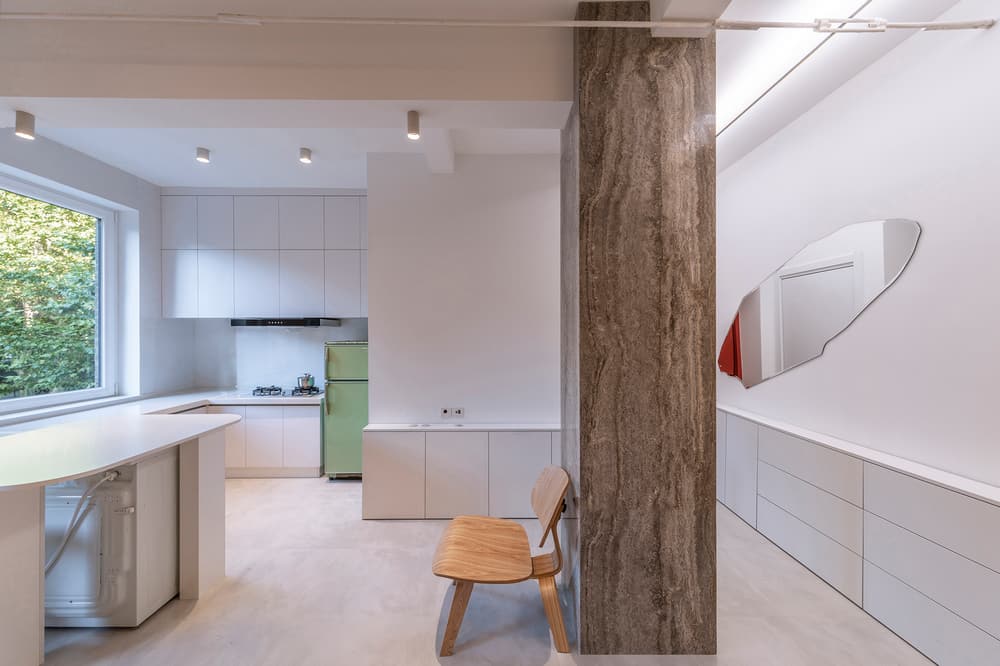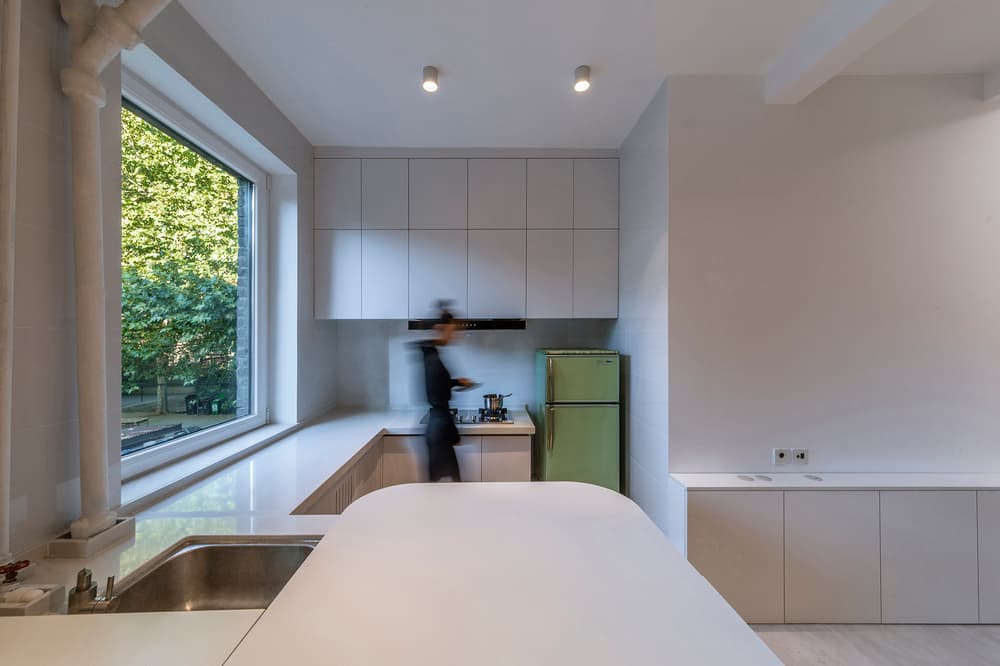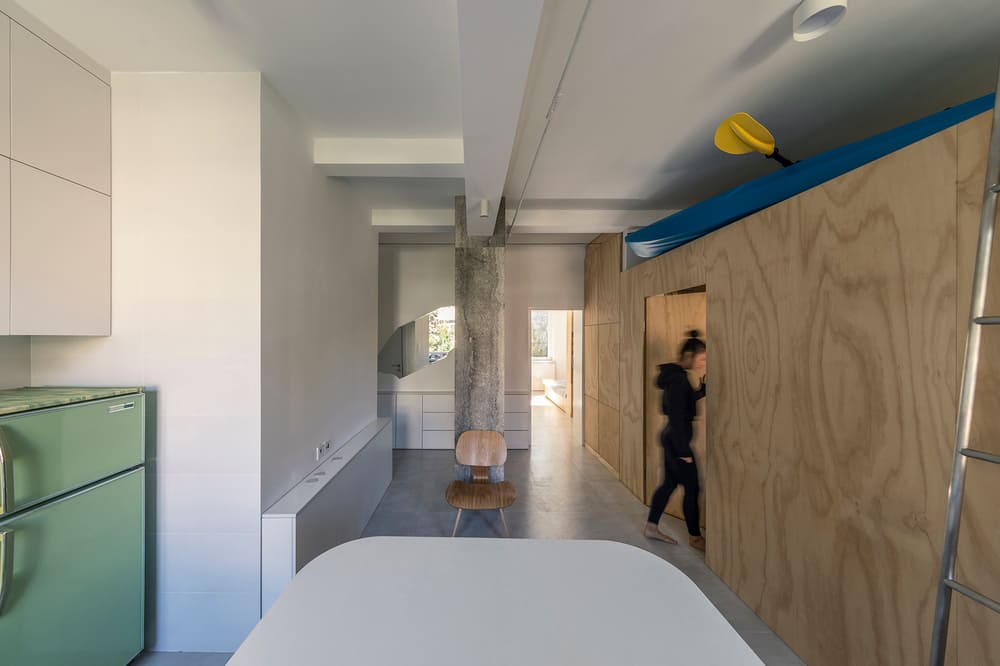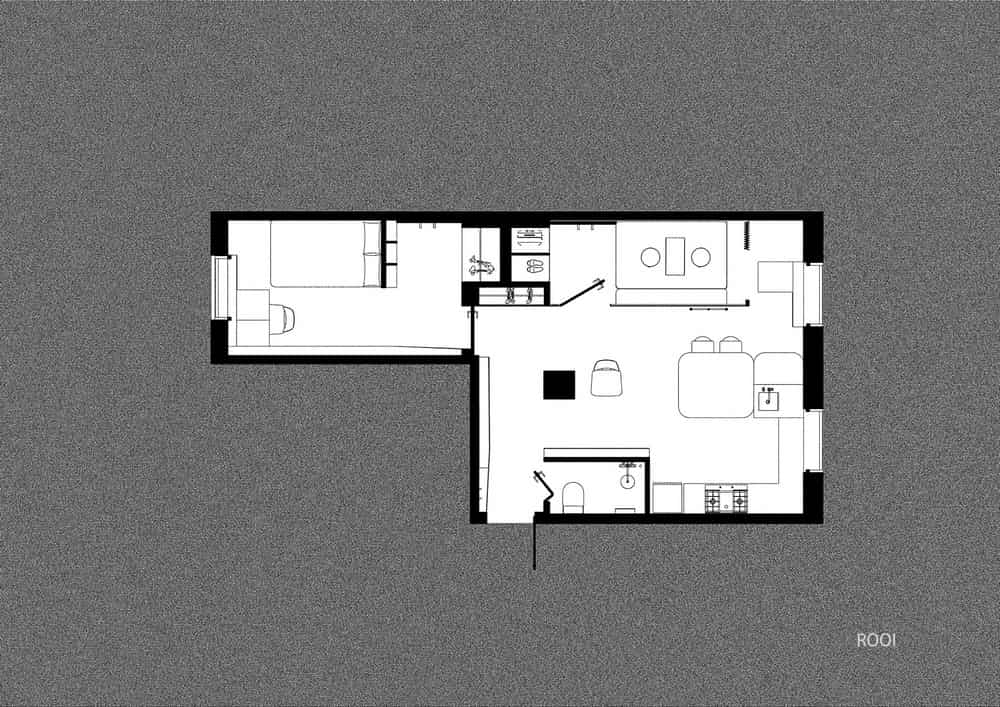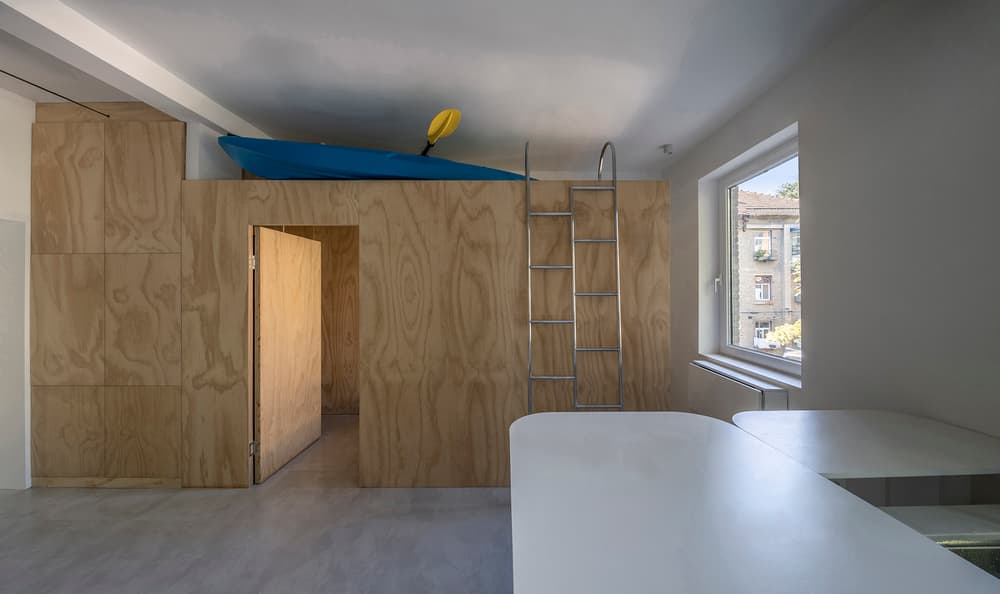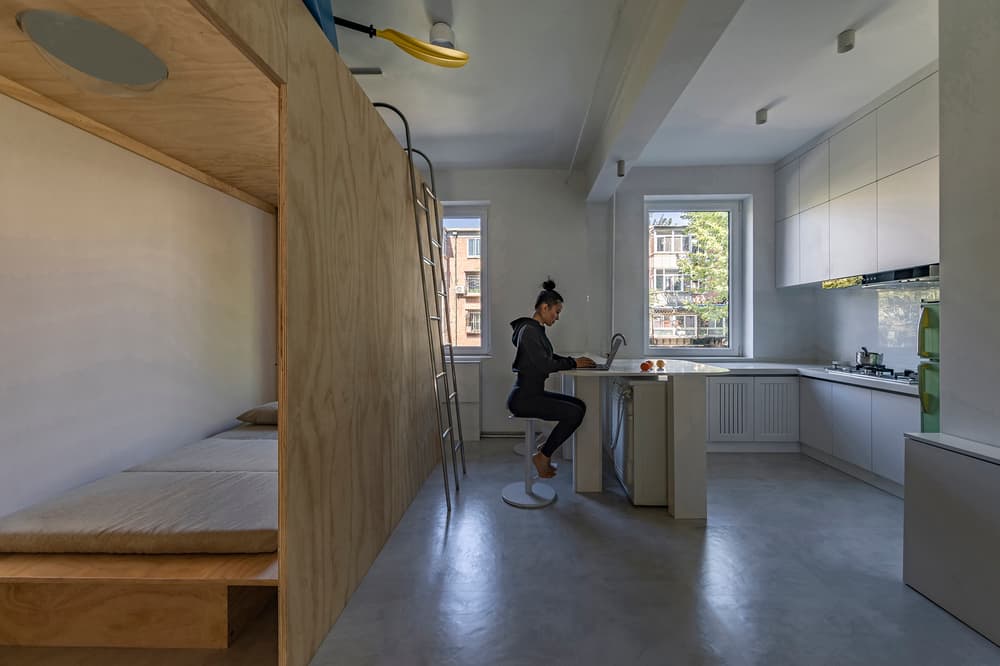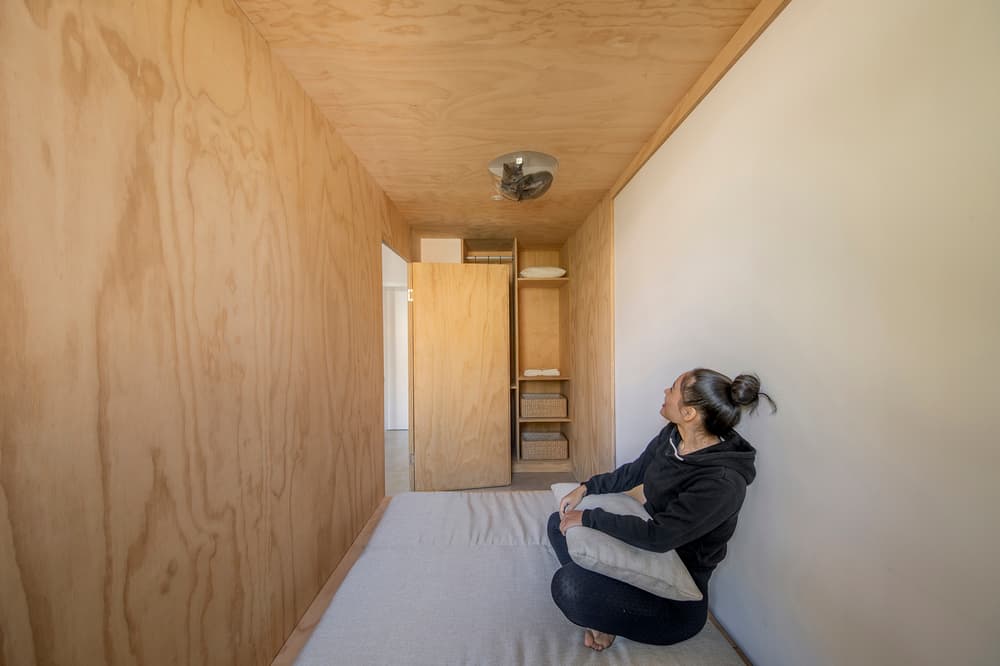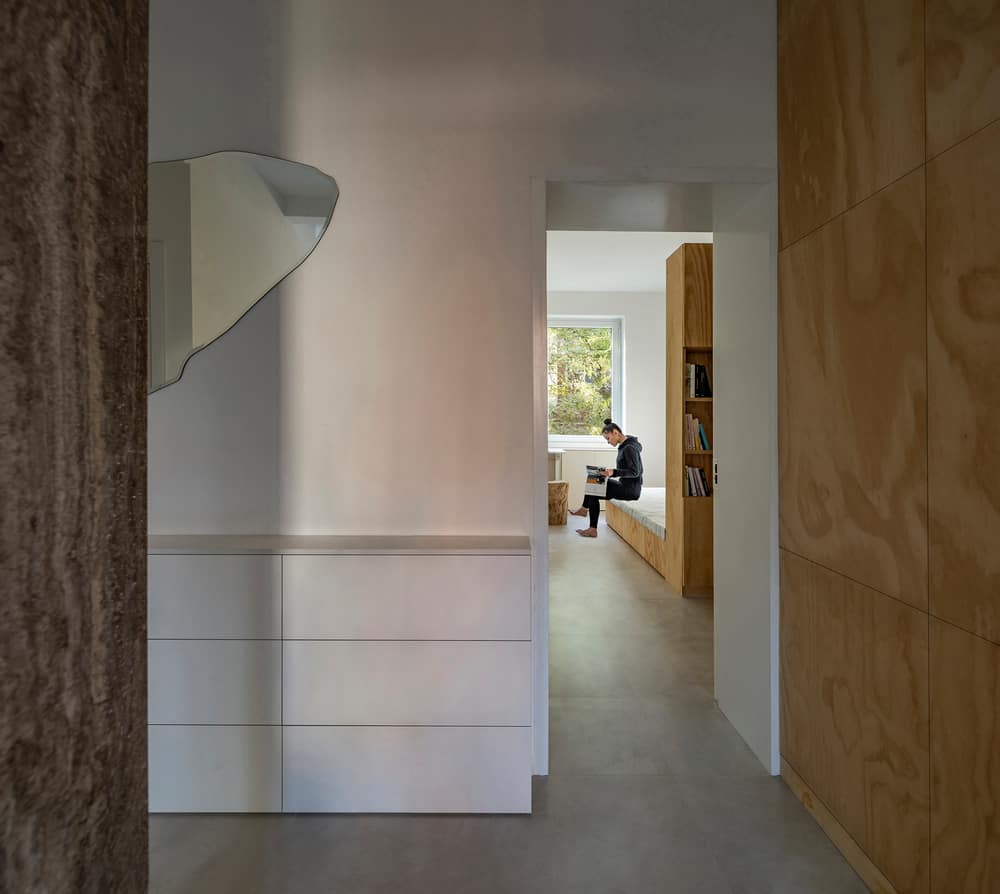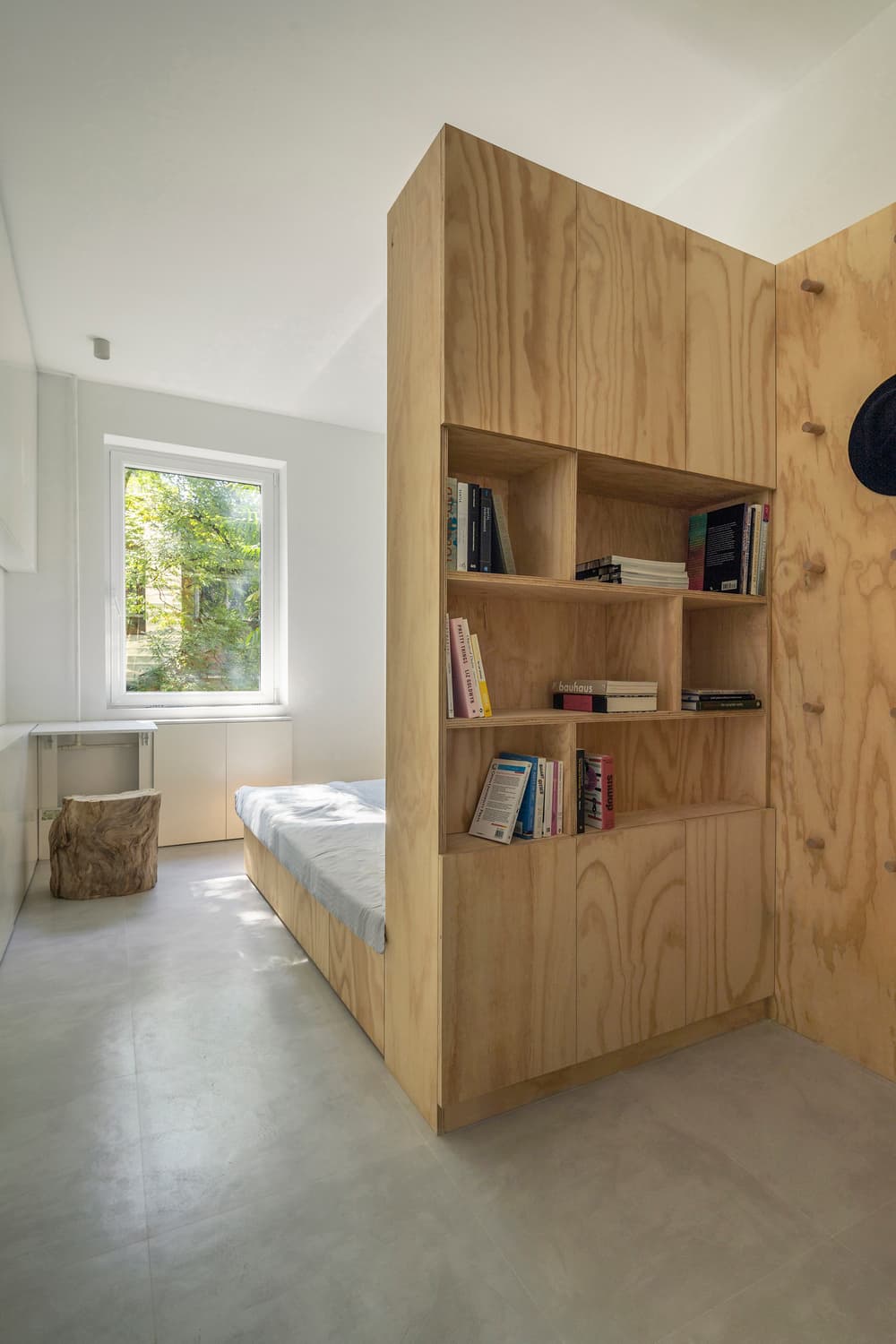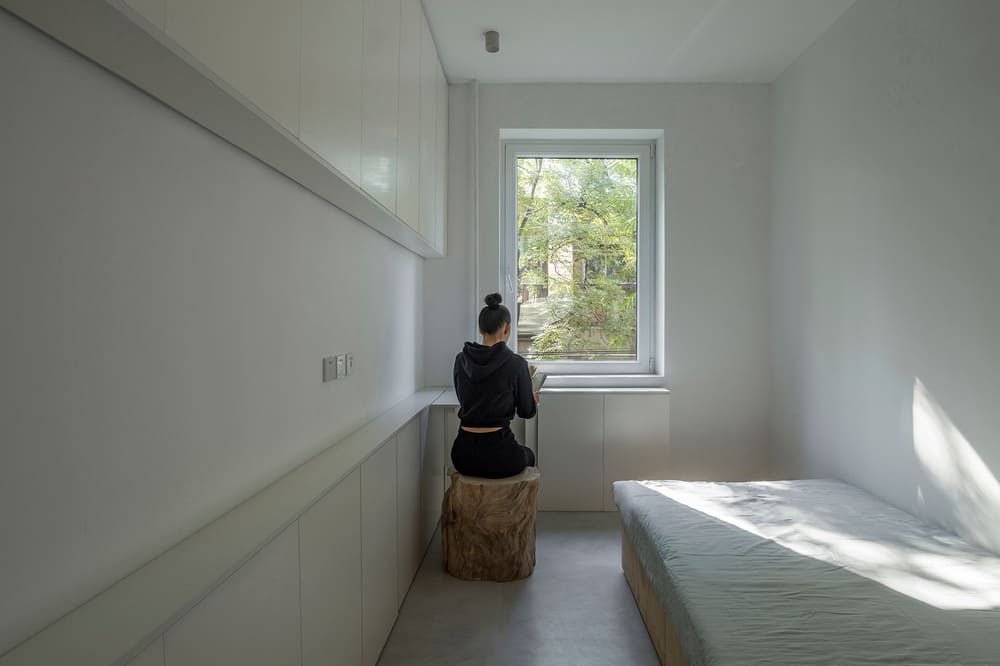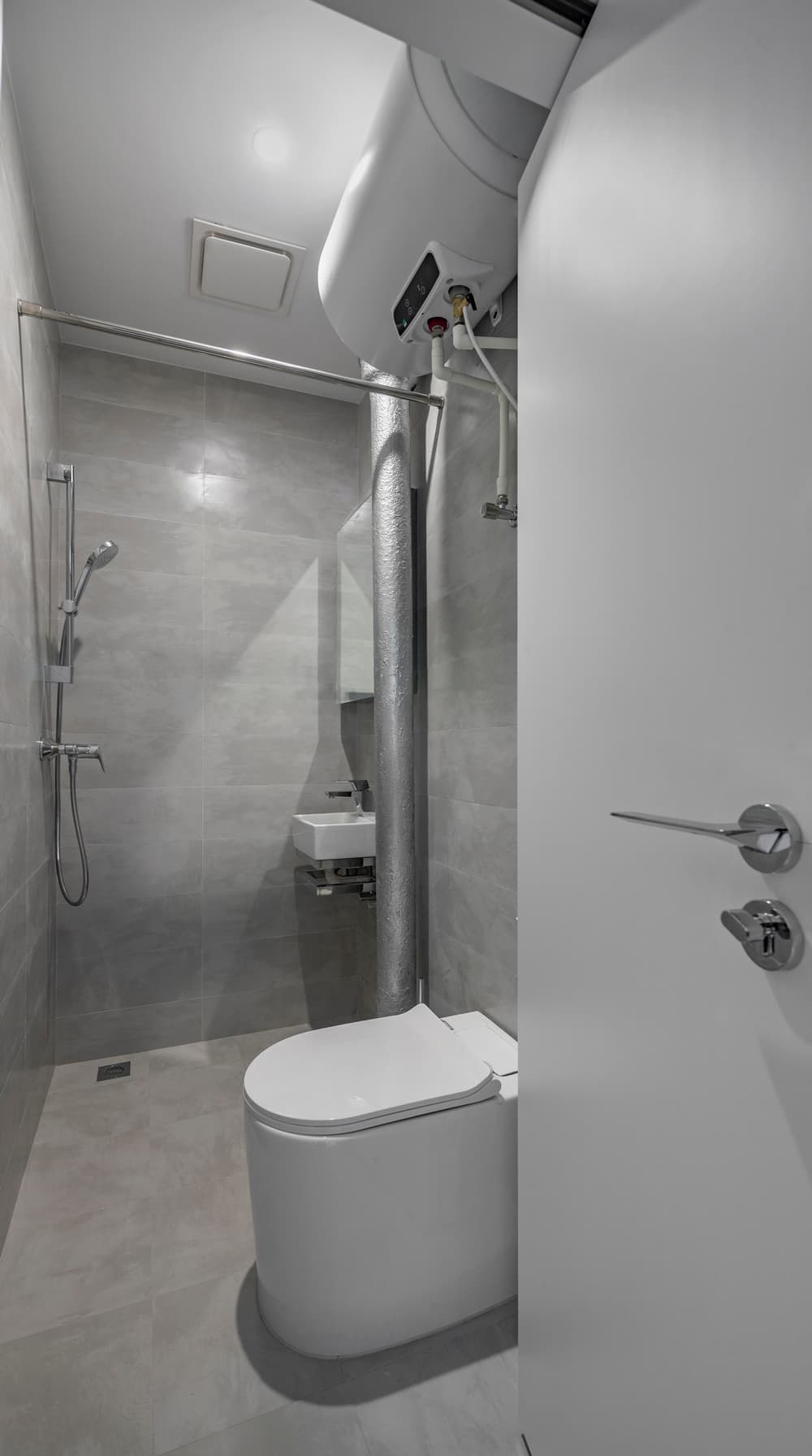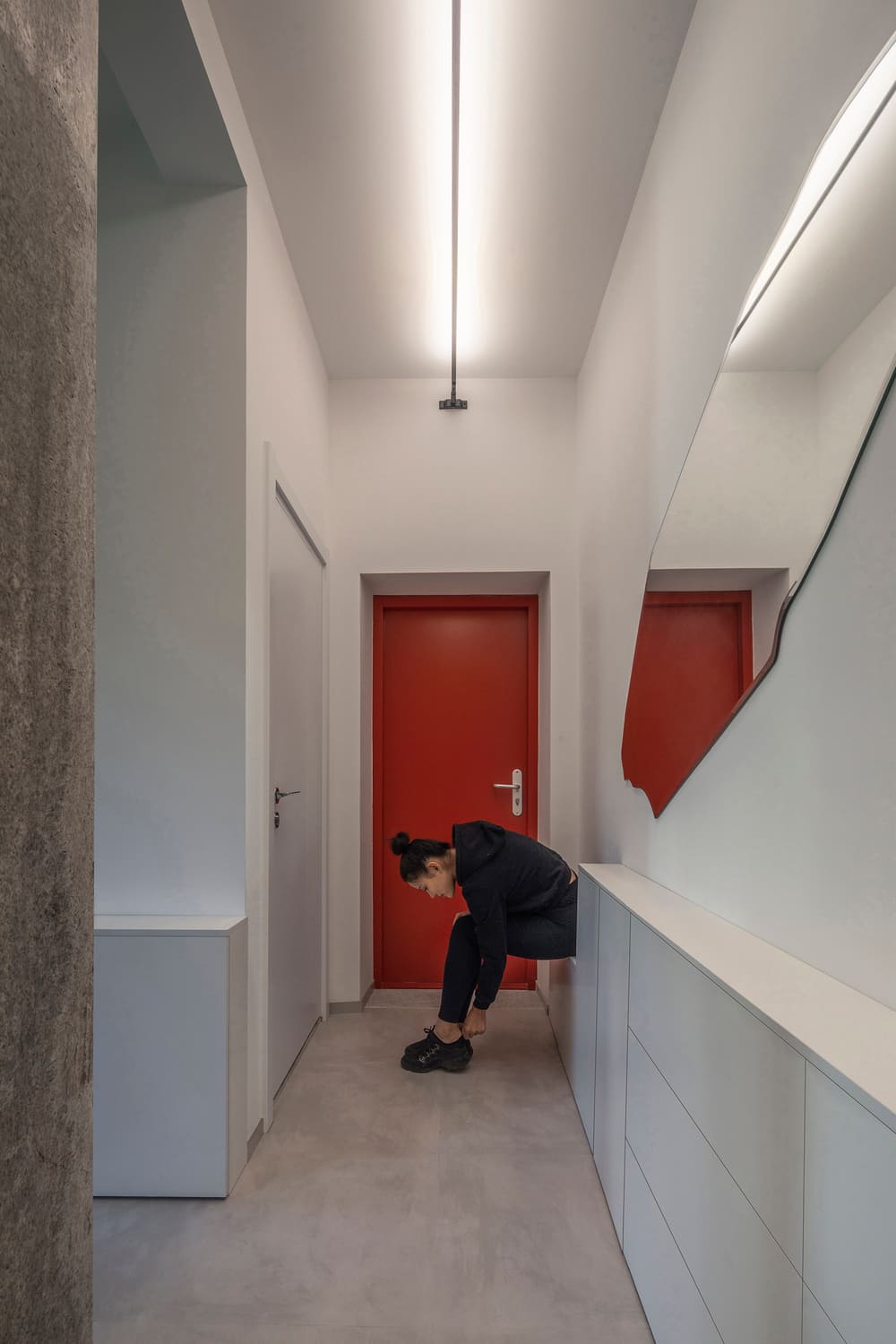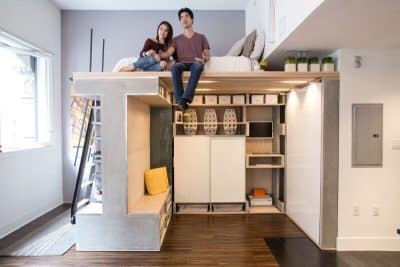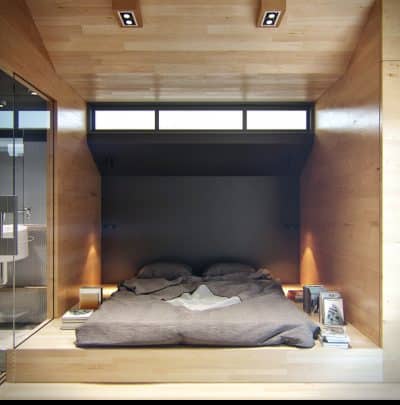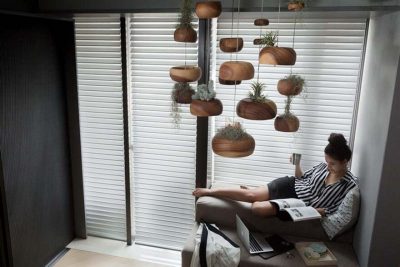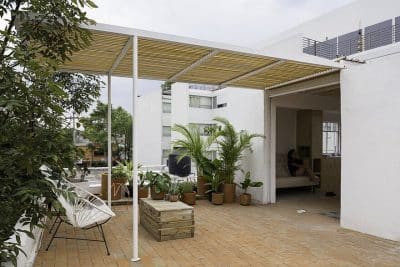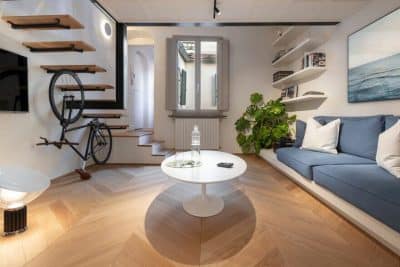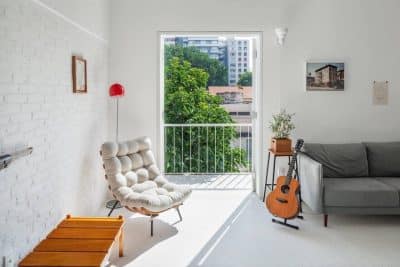Project Name: Post-war Apartment T101
Architect: ROOI Design and Research
Chief Designer: Zuoqian Wang, Dan He
Project Manager: Jiaji Shen
Location: China Building material Academy, Chaoyang District, Beijing, China
Project Type: Renovation
Area: 50 m2
Completion Date: June 2020
Photography: Weiqi Jin
Chinese homes have changed dramatically in size, scope, and design in the past few decades; conducted by ROOI Design and Research firm, Post-War Apartment T101 is one example of an outstanding Chinese renovation project.
Initially designed to be a family dormitory for a research institution, the architectural style of the building is a typical brick-concrete structure with an interior space of 50 square meters per household. The interior spaces share the same layout, dictated by the conditions at that time, where China was still recovering from years of conflict and faced an influx of people coming to cities. There was no living room, no dining room, or shower in each household. This type of layout represents the standard post-war Chinese apartment.
Built in 1950s, this three-story post-war building witnessed history and was set to decline inevitably. In this case, the facility failed to adapt to the new nearby era despite its favorable price advantage. Therefore, this project’s core was to find a way to adjust the old collective residence into modern city life and retain its previous structure, recovering the degraded green areas.
Therefore, the architect had to create a pattern with a bedroom, a living room, a dining room, and a toilet to make the apartment more private, functional, and livable.
As for Beijing, the cost of tearing down old buildings is prohibitive. Therefore, the architect and owners reached a consensus that upgrading might be an ideal solution. So they decided to experiment with creative ideas and chose to renovate one household within the building.
The architect believes that diversification and personalization are the future for small apartments in the city. Otherwise, everything will exist in a neutral and lifeless form.
Therefore, he first got rid of all unnecessary elements, demolished the old wall in the middle, broke the old grid pattern, and designed an apartment that can achieve different functions in a relatively open space.
He created an area intended for receiving guests, working from home, reading, or even practicing an indoor sport activity, which can be truly useful during these pandemic times.
The north-oriented wooden room is both a reception tea room and a temporary guest room. It contrasts with the dominant white tone and adds warmth to the house. Above the wooden enclosure, we can find a large storage facility for outdoor sports equipment and other bulky stuff.
This project is a small corner of the vast Chinese interior renovation industry. In fact, most apartments and residential interior decoration in China have more freedom than Western countries; with this in mind, The ROOI Design and Research firm proved that Chinese homes can be as diverse as possible.

